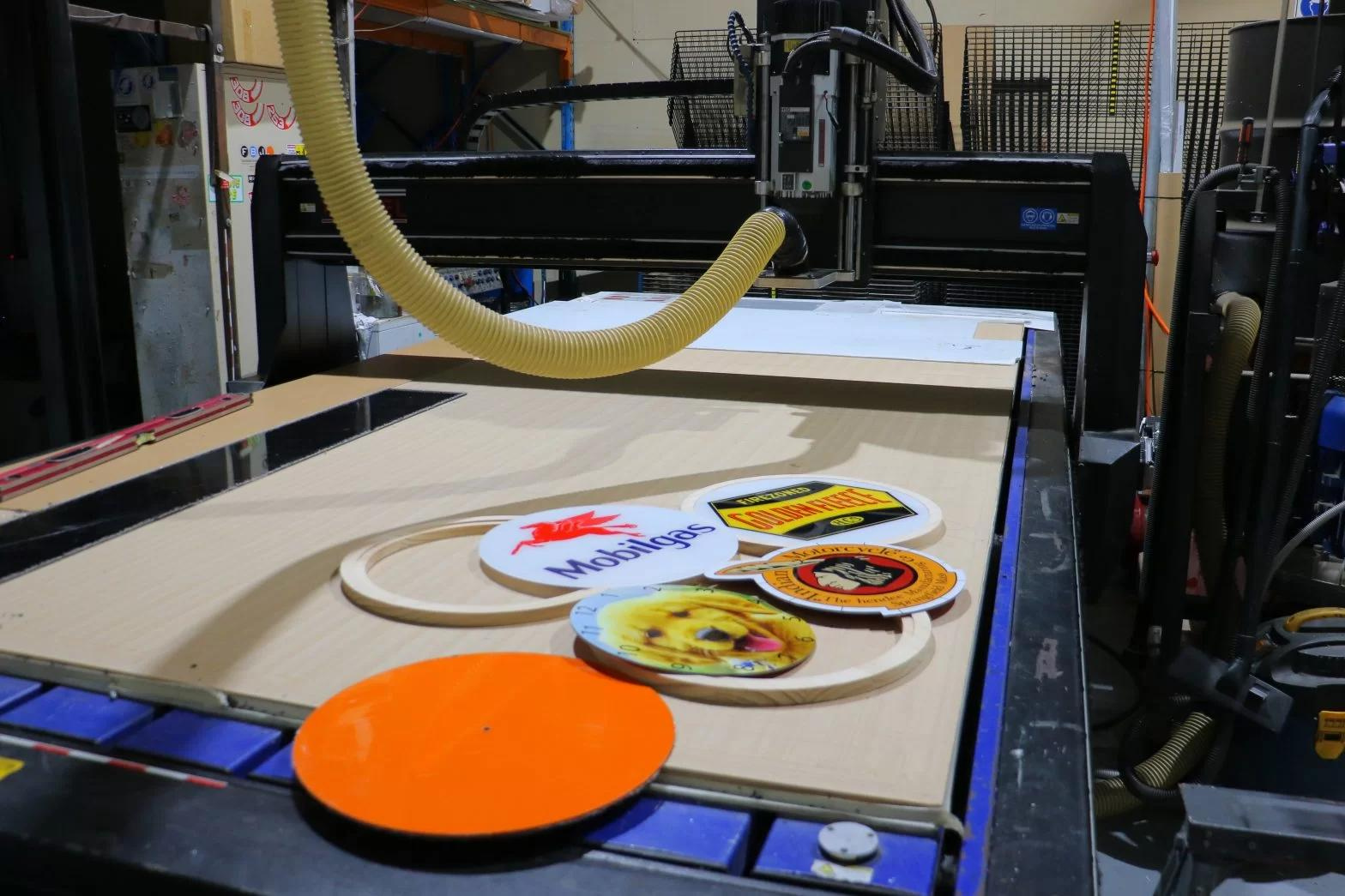Lasers have become indispensable tools in various industries, revolutionizing the way materials are cut and engraved. Laser-cutting equipment offers unparalleled precision and speed, making it a favoured choice for manufacturing and fabrication processes. However, the immense power and high-energy output of laser-cutting Melbourne devices also pose significant safety hazards. To ensure a safe working environment and protect operators, it is crucial to adhere to the best safety practices and guidelines when operating laser-cutting equipment.
Understanding the Risks
Before delving into safety practices, it’s essential to comprehend the potential risks associated with laser-cutting equipment. Laser technology involves the use of high-energy beams of focused light, which can cause:
Eye Injuries: Direct exposure to laser beams can cause severe eye damage or even blindness.
Skin Burns: Laser beams can also cause burns on the skin upon direct contact.
Fire Hazards: The intense heat generated by lasers can ignite flammable materials in the vicinity.
Inhalation Hazards: Laser cutting can produce fumes and gases that may be harmful to inhale.
Electrical Dangers: High-voltage components in laser machines can pose electrocution risks.
Safety Practices and Guidelines
To mitigate these risks, follow these best safety practices and guidelines when operating laser-cutting equipment:
Training and Certification
Before operating laser cutting equipment, individuals should undergo comprehensive training provided by certified instructors. Certification ensures that operators understand the equipment, its potential hazards, and safety protocols.
Eye Protection
Always wear appropriate laser safety glasses or goggles that provide adequate protection for the specific laser wavelength in use.
Ensure that laser safety eyewear is in good condition and has been certified for use with the laser equipment.
Machine Inspection
Regularly inspect the laser cutting equipment for any signs of wear, damage, or malfunction. Address issues promptly to prevent accidents.
Maintain a record of equipment inspections and maintenance tasks.
Area Safety Measures
Establish restricted access zones around the laser-cutting equipment to prevent unauthorized personnel from entering the area.
Post clear warning signs indicating the laser’s operation and associated hazards.
Fire Safety
Keep fire extinguishers and fire suppression systems readily available in the workspace.
Ensure the workspace is free from flammable materials, and use non-combustible materials wherever possible.
Proper Ventilation
Implement adequate ventilation systems to remove fumes and gases generated during laser cutting.
Use exhaust fans and filters to maintain air quality within safe limits.
Personal Protective Equipment (PPE)
In addition to eye protection, wear appropriate PPE such as gloves, lab coats, and closed-toe shoes to minimize the risk of burns and exposure to fumes.
Emergency Procedures
Establish emergency procedures for accidents or injuries, including the location of first-aid kits and emergency contact numbers.
Train personnel in emergency response, including how to shut down the laser equipment safely.
Laser Safety Interlocks
Ensure that laser-cutting machines are equipped with safety interlocks that disable the laser when access panels or enclosures are opened.
Never bypass or disable these interlocks.
Material Compatibility
Verify that the materials being processed are compatible with the laser system and do not produce harmful byproducts when cut.
Electrical Safety
Follow electrical safety protocols, including proper equipment grounding and protection against electrical shock.
Laser Emission Monitoring
Periodically monitor laser emissions and, if applicable, maintain records of laser usage, intensity, and safety measures.
Regular Maintenance
Schedule routine maintenance for laser cutting equipment to ensure its safe and efficient operation.
Keep a maintenance log to record service activities.
Operator Supervision
Always have a trained operator present during laser cutting Victoria operations.
Avoid leaving the equipment unattended while it is running.
Laser Classification
Be aware of the laser’s classification and its associated safety requirements.
Follow appropriate safety measures based on the laser’s classification.
Additional Safety Tips
In addition to the fundamental safety practices and guidelines mentioned above, some additional safety tips can further enhance the safety of laser-cutting operations:
Emergency Shutdown Procedures
Ensure that all personnel operating laser cutting equipment are familiar with emergency shutdown procedures and can execute them swiftly if needed.
Safety Training Records
Maintain detailed records of safety training for all individuals who operate or work in proximity to laser-cutting equipment.
Laser Beam Path Control
Control and restrict the laser beam path to prevent accidental exposure to the beam.
Regular Audits and Inspections
Conduct regular safety audits and inspections of the laser cutting facility to identify potential hazards and address them proactively.
Safety Committee
Establish a safety committee responsible for continually reviewing and improving safety protocols and practices related to laser cutting.
Hazard Communication
Clearly communicate the potential hazards associated with laser cutting to all personnel, including visitors to the facility.
Safety Drills
Conduct periodic safety drills to ensure that all personnel know how to respond to emergencies effectively.
Incident Reporting
Implement a system for reporting and investigating near-miss incidents, accidents, or injuries related to laser-cutting operations.
Laser Safety Officer (LSO)
Designate a Laser Safety Officer (LSO) responsible for overseeing laser safety practices, compliance, and training within the organization.
Stay Informed
Stay updated on the latest advancements in laser cutting safety technology and practices to continuously improve safety measures.
In Conclusion
Operating laser-cutting equipment can be highly efficient and productive, but it comes with inherent risks that demand strict adherence to safety practices and guidelines. Prioritizing safety not only protects individuals but also safeguards the integrity of the equipment and the success of the operation. By fostering a safety culture, investing in training, and implementing these comprehensive safety measures, organizations can enjoy the many benefits of laser cutting and engraving near me while minimizing potential hazards. Remember that safety is everyone’s responsibility and should never be compromised when working with laser-cutting equipment.
